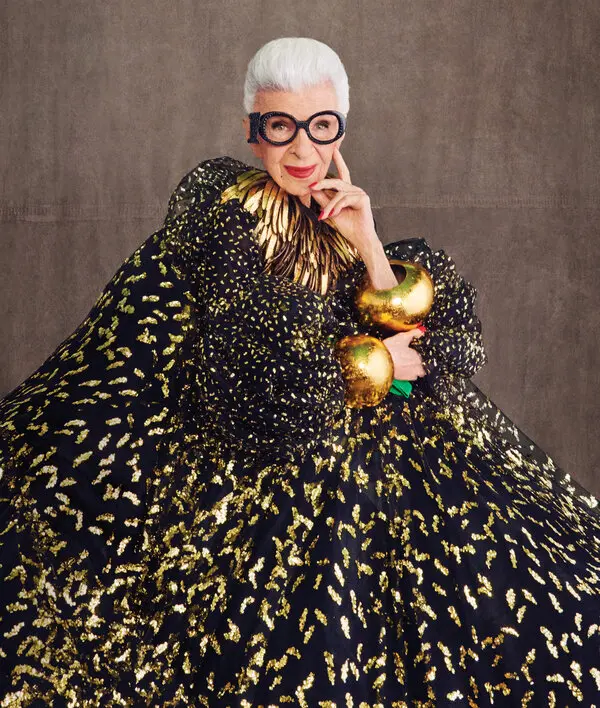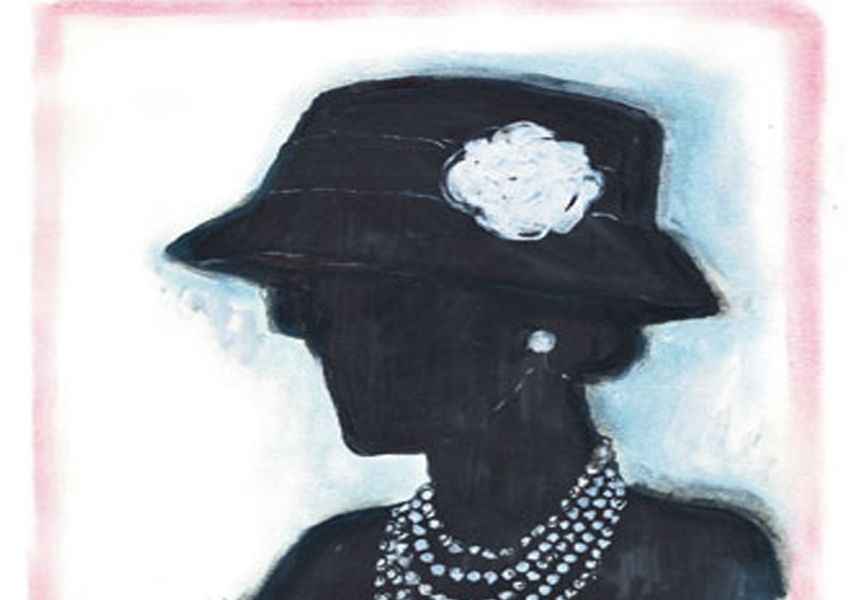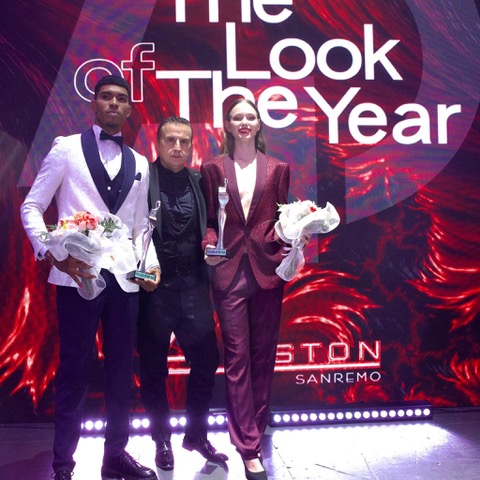Micro-Mosaics Jewellery
The word mosaic comes from Latin and literally means “dedicated to the Muses”.Micromosaics is an ancient art that had a great diffusion in Italy at the Grand Tour period at the beginning of the nineteenth century. The term micro-mosaics or micromosaics was coined by the collector Sir Arthur Gilbert in the 20th century in reference to Roman mosaics composed of little glass bricks called tesserae. The tesserae are mosaic pieces made from an opaque vitreous enamel called in Italian “smalto” which is pulled into threads or “smalti filati”. Each landscape, portrait or scene depending on the ability of the artist is composed by hundreds of minute “tesserae”. Then, the metal or other supports are filled with cement upon which the tesserae are meticulously arranged to form the desired pattern and the gaps are filled with coloured wax.
The origin of this art is in Italy and more precisely in the Vatican milieu where a workshop for mosaics preservation and creation was opened in 1727. When the great works of restauration in the Vatican ended, the artisans reinvented their work and created souvenirs for the nobles and rich tourists who came to visit Italy and its historical sites in the first half of the eighteenth century. However, mosaicists were considered only craftsmen and for this reason unfortunately many of the ancient pieces are not signed. Although many of these artists are unknown, the first famous maestro of micromosaics was Giacomo Raffaelli who executed a very beautiful version of the Doves of Pliny in 1779 that is exposed in the British Museum.

Doves of Pliny by Giacomo Raffaelli, British Museum
The themes of the micromosaics jewellery were the ancient monuments of the classical period and mythology according to Neoclassicism style, but also portraits, flowers and animals. I had the pleasure to interview Mrs. Chiara Tanca Bruschini and his brother Francesco who own the Galleria Tanca in Rome in the famous Coronari street. This gallery specializes in Art Nouveau and in ancient micromosaics. They confirmed me that the market is extremely lively, and quotations can reach thousands of euros for the most beautiful pieces. Last year there was at the Gibbes Museum of Art (Charlestons, USA) a very important exhibition named “A return to the Grand Tour: Micromosaic Jewels from the Collection of Elizabeth Locke”. Acclaimed jewellery designer Elizabeth Locke became fascinated with micromosaics when she lived in Florence. She purchased her first piece in 1989; from there her collection grew and now comprises more than a hundred pieces, most of them mounted as precious jewels.

Butterfly micromosaic set in a gold pendant attributed to Giacomo Raffaelli (collection Elizabeth Locke).

These last three pieces belonged to Tanca collection
I spoke with Francesca Neri Serneri, one of the designers behind Roman brand Le Sibille (the others are Camilla Bronzini and Antonella Perugini): they want to bring back the style of Renaissance workshops.
Q: which is your bestseller?
A: the cube ring which reminds a medieval citadel with its village, the church, the crenellated walls and the houses. The bird ring that reproduces a detail from a fresco in the house of the bracelet in Pompeii.
Q. Why the name Sibille?
The sibyl is an oracle that communicated between man and the divine. The Cumaean Sibyl was an Apollum adept. She operated in a women’s club like us. She was a mediator. Our jewels are timeless, like a talisman. Gold, in Latin aurum, has a thaumaturgical power and we know that crystals have a healing power. Micromosaic represents the four elements. Our secret consists in the technique of the filatura and the stucco, a grout composed of linseed oil plus marble powder.
Q. In your opinion micromosaic jewels are fashionable?
In our opinion they will never be out of fashion and we try to give a spark of beauty without indulging in easy fashions.

Micromosaics has fascinated also highjewellers. Hemmerle realized marvelous earrings set in aluminium and white gold using ancient micromosaic little medals dating back to 1828.They represent a typical Italian landscape in Romanticism style. To conclude my article, I must cite Italy-based Sicis Jewels that developed a department for micromosaic jewels after a decade of historical and bibliographic research about the art form.

Sicis Set
Nowadays micromosaic art is fashionable and the demand for this kind of jewelry is increasing but it is still for connoisseurs.
Edit by Laura Astrologo Porché
Instagram: @journaldesbijoux







